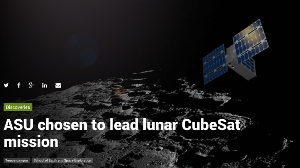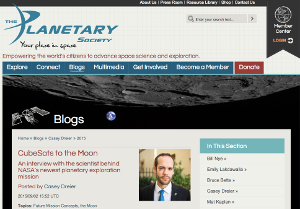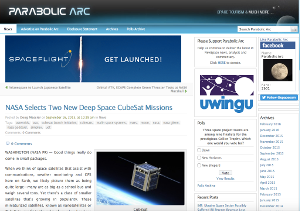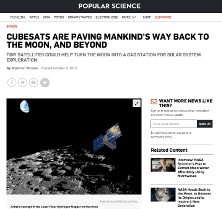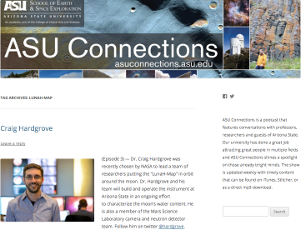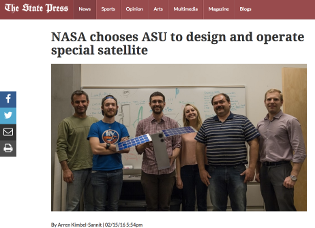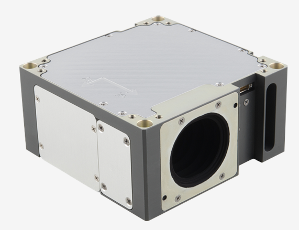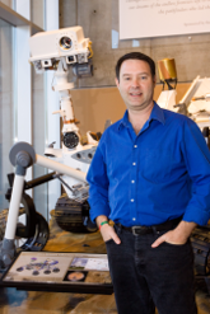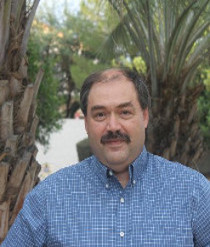01 objective
LunaH-Map is a 6U CubeSat searching for hydrogen deposits at the Moon's south pole.
“The H is silent because the hydrogen is hiding in the permanently shadowed regions."
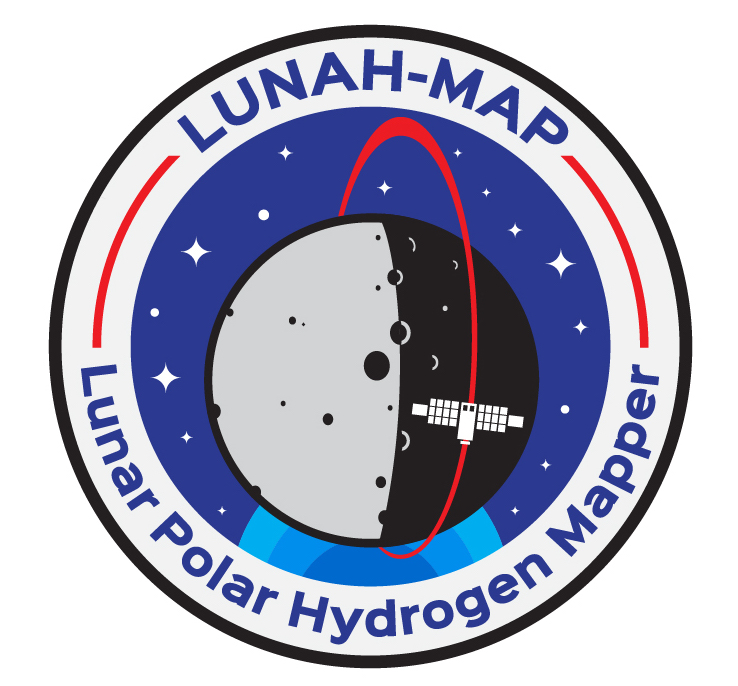
The Lunar Polar Hydrogen Mapper (LunaH-Map) is a 6U CubeSat mission recently selected by NASA’s Science Mission Directorate to fly as a secondary payload on first Exploration Mission (EM-1) of the Space Launch System (SLS), scheduled to launch in July 2018. LunaH-Map is led by a small team of researchers and students at Arizona State University, in collaboration with NASA centers, JPL, universities, and commercial space businesses. The LunaH-Map mission will reveal hydrogen abundances at spatial scales below 10 km in order to understand the relationship between hydrogen and permanently shadowed regions, particularly craters, at the Moon’s South Pole. The mission’s primary payload is designed to use the scintillator material Cs2YLiCl6:Ce, or “CLYC” to measure count rates of thermal and epithermal neutrons. Enabled by a low-thrust ion propulsion system, LunaH-Map will achieve lunar orbit insertion within ~12 months of SLS separation and maneuver into a highly elliptical, low-perilune (5-10 km) orbit centered around the South Pole of the Moon. In this orbit, LunaH-Map will achieve over 140 low-altitude fly-bys of the South Pole during its two month science phase. LunaH-Map and two fellow secondary payloads selected by NASA to fly on SLS EM-1 will be the first CubeSats to explore the Moon and interplanetary space.
